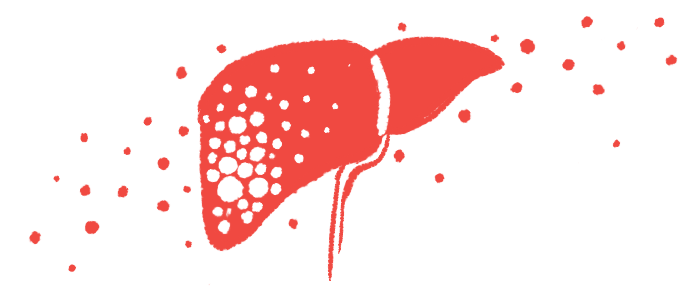Zolgensma gene therapy liver damage usually resolves in months
Study also finds Zolgensma-Spinraza combo doesn't raise child safety issues

Liver damage may occur as a side effect of the spinal muscular atrophy (SMA) gene therapy Zolgensma (onasemnogene abeparvovec-xioi), but it usually resolves within a few months of treatment, a study showed.
The researchers also found that simultaneous treatment with Zolgensma and Spinraza (nusinersen) does not seem to increase the risk of safety issues for children with SMA.
The study, “Early life safety profiling of gene therapy for spinal muscular atrophy,” was published in Gene Therapy.
SMA is caused mainly by mutations in the gene SMN1, leading to little to no SMN protein. That causes the nerve cells that control movement to sicken and die, ultimately driving SMA symptoms. Zolgensma works to deliver a healthy copy of the SMN1 gene to the body’s cells. It’s approved in the U.S. to treat SMA in patients younger than 2.
Data from clinical trials and real-world studies have demonstrated that Zolgensma treatment can slow the progression of SMA, but as with any medication, the gene therapy carries the risk of side effects. Zolgensma-related liver damage is thought to occur because the therapy can trigger inflammation in the liver, so patients usually receive inflammation-suppressing corticosteroids when they get the treatment.
Liver damage seen temporary
A team of U.S. researchers reported on safety outcomes from 14 children who were treated with Zolgensma at Massachusetts General Hospital. The researchers mainly focused on liver damage related to the gene therapy.
The study included eight infants who were genetically diagnosed with SMA but had not yet begun to experience symptoms when they received Zolgensma treatment. These children all were treated with Zolgensma alone.
The researchers also looked at results from six children who had noticeable SMA symptoms when they received Zolgensma. These children were treated with Zolgensma as well as Spinraza, another SMA treatment that works to boost SMN protein levels through different mechanisms. Whereas Zolgensma is a one-time therapy given by infusion into the bloodstream, Spinraza is given by injection into the spinal canal every few months.
A total of four children — one in the presymptomatic group and three in the symptomatic group — experienced increases in liver enzymes, which is indicative of liver damage. In all cases, liver damage markers returned to normal within about three months of Zolgensma treatment.
“These data closely parallel previously published clinical trial data demonstrating that some infants with SMA experience [temporary liver damage] after gene therapy even when [the corticosteroid] prednisolone is co-administered, but these effects are transient and typically return to normal by three months,” the researchers wrote.
The scientists noted that patients who experienced liver injury tended to be older, stressing the importance of giving Zolgensma as early as possible.
There were other serious safety issues reported in the study — related to a cardiac, respiratory, or nutritional issue — but these were judged to be due to underlying SMA, not side effects of Zolgensma or Spinraza. “Patients with SMA need to be closely monitored after transformative gene therapy is administered in the real-world clinical setting” to mitigate any safety issues that may arise, the researchers wrote.
The researchers also highlighted that combining Spinraza with Zolgensma did not appear to cause any additional safety issues. These data “demonstrate the safety for sequential and coincident [Spinraza] therapy during the induction process for gene therapy,” they wrote.
“Symptomatic SMA cases who received dual therapy in this study are achieving motor milestones that were not expected in the natural history of the disease,” the researchers wrote.
Study authors were funded by Massachusetts General Hospital, the National Institutes of Health, Cure SMA, and by Biogen, the company that sells Spinraza. Zolgensma is sold by Novartis, which was not involved in the research.








